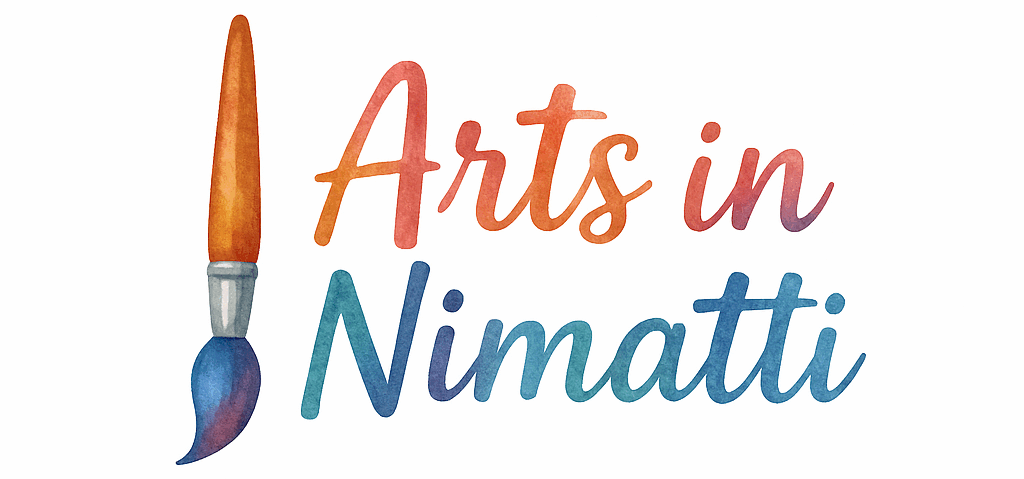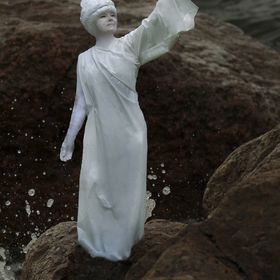When it comes to making your mark as an artist, your portfolio is your visual resume, your pitch deck, and your personal gallery all rolled into one. But what turns a regular portfolio into an irresistible one?
Whether you’re applying to art school, trying to land gallery representation, or showcasing your work online for buyers and collectors, your portfolio needs to spark curiosity and leave a lasting impression. Let’s break down the 7 key steps to help you craft a standout collection.
Why Your Art Portfolio Matters
Imagine applying for an art residency or pitching to a gallery. What’s the first thing they’ll ask for? That’s right—your portfolio. It’s the proof of your creative journey and a peek into your artistic world.
Your art portfolio represents not just your technical skills, but also your creative voice and professional mindset. That’s why investing time into curating it well is non-negotiable.
Need more insights on the business side of art? Don’t miss this helpful resource on Art Business.
Step 1: Define Your Artistic Identity
Know Your Style and Medium
Before anything else, you need clarity on who you are as an artist. Are you a figurative painter, a digital illustrator, or maybe a mixed media rebel?
Spend time identifying your core style. Take notes from other artists but stay true to your unique expression.
Explore helpful inspiration and self-discovery resources over at the Inspiration Hub.
Identify Your Ideal Audience
Are you creating work for collectors? Applying for art classes? Targeting galleries? Your audience determines how you’ll frame your work.
Defining your audience early on helps in making your portfolio more tailored—and therefore, more compelling.
Step 2: Curate with Intention
Showcase Your Best Work Only
Let’s be real—not all work is portfolio-worthy. Choose your strongest 10–20 pieces. These should demonstrate:
- Range of skill
- Signature style
- Emotional depth
More isn’t always better. Show what you’re truly proud of.
Tell a Story Through Your Pieces
Arrange your works so they flow naturally. Think of it like crafting a visual narrative. Maybe it starts with early exploration and leads into mature experimentation.
Learn more about developing your artistic voice and storytelling through art education resources.
Step 3: Keep It Cohesive and Focused
Less is More
Clutter confuses. A portfolio crammed with unrelated works can water down your impact. Focus on consistency in theme, medium, or tone.
This not only creates cohesion, it also shows that you know how to self-edit—a vital artistic skill.
Choose a Unifying Theme
Your theme could be:
- A subject (e.g., nature, portraiture)
- A technique (e.g., acrylic pouring, etching)
- A message (e.g., mental health, climate change)
For more on sharpening your techniques, visit our Art Techniques section.
Step 4: Add Clear and Concise Descriptions
Title, Medium, and Date
Each piece should have basic info:
- Title of the work
- Medium used
- Year created
That’s the minimum. Think of it like labeling fine wine—it adds clarity and context.
Give Insight Without Overloading
Brief statements help your viewer understand what they’re looking at. A line or two about your thought process, material choice, or emotional intent can make a big impact.

Step 5: Present It Professionally
Digital vs. Physical Portfolios
If you’re applying digitally, your layout and resolution matter big time. Physical portfolios need to be clean, organized, and easy to flip through.
We highly recommend building a professional portfolio website for online visibility.
Use Clean Layouts and High-Quality Images
Bad lighting and blurry photos are a no-go. Invest in proper documentation of your work—either with a good camera or through scanning.
For artists juggling digital workflows, check out these art productivity tips.
Step 6: Update Regularly and Stay Relevant
Rotate Outdated Pieces
Your portfolio isn’t a time capsule. Remove early works that no longer reflect your current level of expertise or style.
Out with the old, in with the bold!
Track Trends and Adjust Accordingly
Staying informed helps you stay inspired and relevant. Check out Creative Habits for more ways to evolve your craft.
Step 7: Promote and Share Your Portfolio
Build a Portfolio Website
Having your own domain instantly boosts credibility. It lets potential clients and curators explore your work on your turf.
WordPress, Wix, and Squarespace are great starting points. Don’t forget to embed contact forms and links to your artist lifestyle blog.
Share Across Platforms and Art Communities
Instagram, Behance, Dribbble, and even Pinterest are powerful when used strategically. Be where your people are.
And if you travel often or participate in art fairs, be sure to explore content on art travel.
Bonus Tips to Elevate Your Portfolio
- Include a short artist bio and statement
- Add a downloadable PDF version
- Highlight any awards or exhibitions
- Link to art tutorials or time-lapse videos
- Optimize for mobile if it’s digital
Conclusion
Creating an irresistible art portfolio isn’t just about putting your best pieces together—it’s about telling your story, showing your growth, and demonstrating your vision. Each brushstroke and pixel is a chance to connect with your viewer.
So whether you’re applying to schools, reaching out to collectors, or stepping into the online art scene, make your portfolio not just good—but unforgettable.
Need more creative tips? Dive into more articles on Art Inspiration, Creativity, and Idea Generation.
Frequently Asked Questions (FAQs)
1. How many pieces should I include in my art portfolio?
Aim for 10–20 high-quality pieces that reflect your current style and skills.
2. Should I include older works in my portfolio?
Only if they’re still relevant or significantly strong. Otherwise, focus on recent and cohesive pieces.
3. What format is best for digital portfolios?
A clean website or high-res PDF is best. Avoid clutter and make it mobile-friendly.
4. Do I need to write descriptions for each artwork?
Yes, brief descriptions provide helpful context and enhance viewer engagement.
5. Can I include different styles in one portfolio?
Only if it still feels cohesive. Try to weave a unifying theme or visual thread.
6. How often should I update my portfolio?
At least twice a year, or whenever you produce new significant work.
7. What’s the best way to share my art portfolio online?
Build a dedicated website and share it via social media, newsletters, and online art sales platforms.


